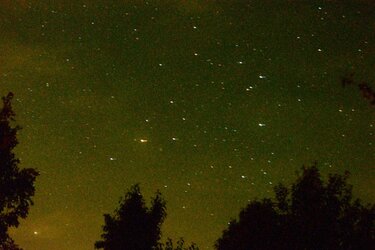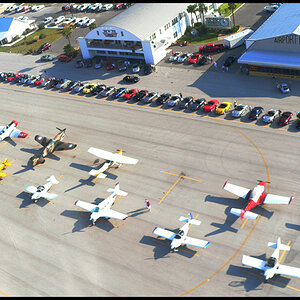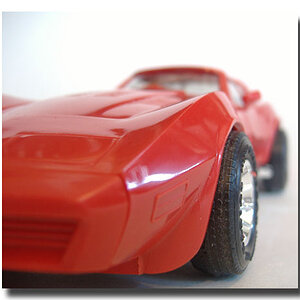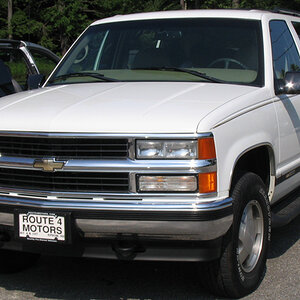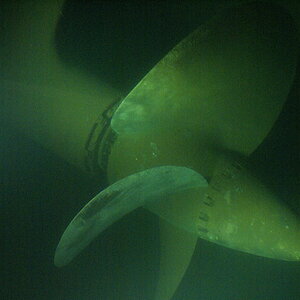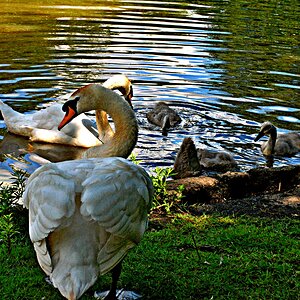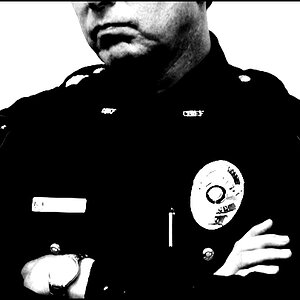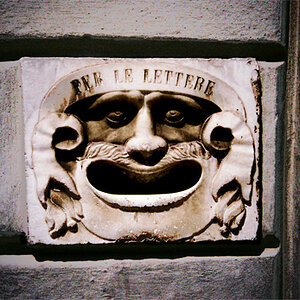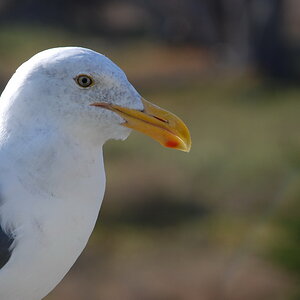Kyle21
TPF Noob!
- Joined
- Feb 21, 2013
- Messages
- 15
- Reaction score
- 0
- Location
- Georgia
- Can others edit my Photos
- Photos NOT OK to edit
So I've been trying to do some astro and I'm not very happy with my results. I have a d5200 using a 55-300 4.5-5.6g. I'm at 55mm f5.0 30sec 6400 ISO on this shot. I know it's blurry I didn't use a remote for the shot but I'm just trying to get more starlight. Am I at the limits of my lens or should I try something else? Any help is appreciated.
